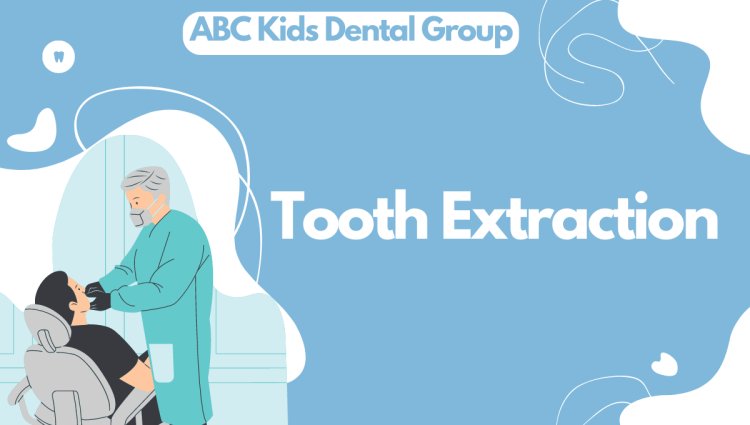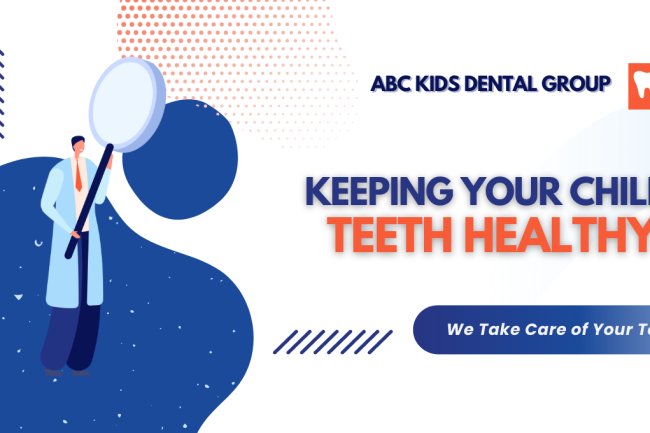Tooth Extraction | Procedure, Aftercare & Recovery
Tooth extraction - If you're in the middle of the prospect of having a tooth extracted it to be a bit nerve-wracking and daunting.

Tooth Extraction: What You Have to Know
Tooth extraction - If you're in the middle of the prospect of having a tooth extracted it to be a bit nerve-wracking and daunting. Did you aware it is actually a common dental procedure? This article will cover tooth extraction and the things you should know about it.
Tooth extraction refers to the process of removing teeth from their socket within the bone. If you're facing an extraction of your tooth it may seem to be a bit daunting and nerve-wracking. Did you aware the tooth extraction procedure is actually a common dental procedure? Let's tackle the fear together. Look over our"what's what" guide to the extraction of teeth to help prepare for the procedure you'll be having.
When is Tooth Extraction Required?
In most instances, it is possible to repair teeth that have been damaged or damaged due to decay using crowns, fillings, or any other dental procedure. Sometimes, however, it is just too extensive to repair, and your dentist may suggest extraction.
Here are a few other reasons why tooth extraction may be needed:
- Infection or decay has reached deep within the tooth
- Trauma or injury
- There's not enough space for all of the teeth that are in your mouth.
- Baby teeth aren't able to get out at the same time as permanent teeth appear.
- Orthodontic Treatment might require a tooth extraction in order to make enough space for teeth as they settle into their new positions.
- Wisdom Teeth Also known as third molars are usually extracted before or after the time they are inserted.
Preparation
Before taking out a tooth your dentist will examine the medical and dental history of your patient and will take the necessary X-rays. The X-rays show the length, shape, and location of the tooth, as well as the surrounding bone. Based on the information provided your dentist will determine the best method for removing the tooth or recommend the patient to an oral specialist.
Prior to removing your tooth during a straightforward extraction, dentists will reduce the pain around your tooth with a local anesthetic. In the more involved procedure known as surgical removal, your dentist may use intravenous (IV) anesthesia. It may be a combination of conscious sedation and general anesthesia. This will make you sleepy. If you're experiencing this you should arrange for someone to transport you home after the procedure, and remain in your home until the effects subside.
Process of Tooth Extraction
There are two kinds of Tooth Extractions that you could possess:
1. A simple extraction is easy extraction is the removal of a tooth that can be seen in your mouth. It's normal for general dentists to carry out simple extractions. In a straightforward extraction, dental professionals will use numbing agents to numb your gums and teeth and then loosen the tooth with an instrument known as an elevator prior to taking it off using dental forceps.
2. A surgical extraction is a more intricate procedure that is used to remove teeth that be broken at the gum line or have not entered the mouth as of yet. Oral surgeons typically perform surgical extractions. However general dentists are able to take them on as well. In a surgical procedure, the dentist will create small cuts (cut) through the gum and then remove the tooth underneath.
After Extract
The most important thing you need to do after the extraction of a tooth is clean the area and prevent the spread of infection. After an extraction, the dentist could suggest that you bite lightly on a piece of gauze that is dry and sterile, which you need to remain in place for 30 to 45 minutes to stop bleeding while clotting takes place. Your dentist will give you specific instructions for aftercare however, for the first time following your procedure, you should not smoke, wash your mouth vigorously or scrub your teeth close to the area of the extraction.
You should expect some degree of discomfort and pain after an extraction. In certain instances, your dentist might suggest an opioid or prescribe one to you. It could be beneficial if you apply an ice cube to your cheeks to decrease swelling. Also, you should reduce strenuous activities and avoid hot drinks and drink with straws. In normal situations, the discomfort should subside within three or two weeks. If you experience persistent or extreme bleeding, swelling, pain, or fever, contact the dentist as soon as you can.
No matter if you're a pro or a novice in the field of tooth extraction the best way to ensure an easy and quick method is to adhere to the advice of your dentist attentively prior to and after the procedure. The removal of teeth allows for better options and could aid in keeping your smile in good health and security.
Oral Care Center articles are examined by a medical oral specialist. This information is intended for informational purposes only. The information contained herein is not intended as an alternative to medical professional advice diagnosis, treatment, or diagnosis. Always seek advice from your doctor, dentist, or another health professional you trust.
What's Your Reaction?























